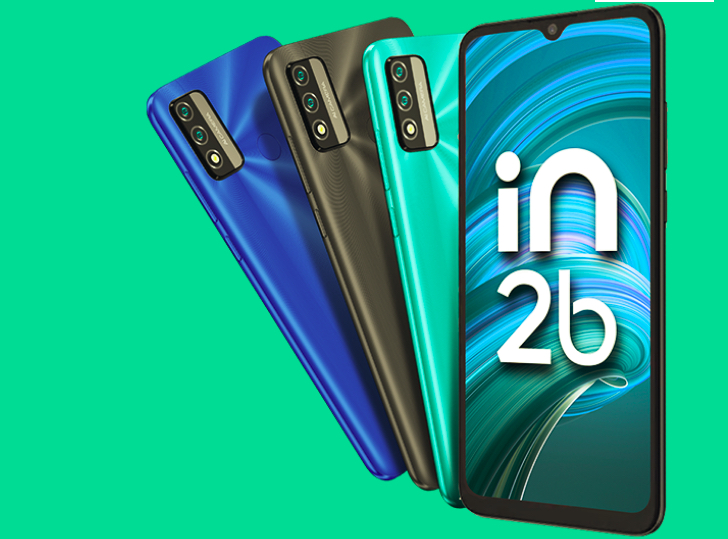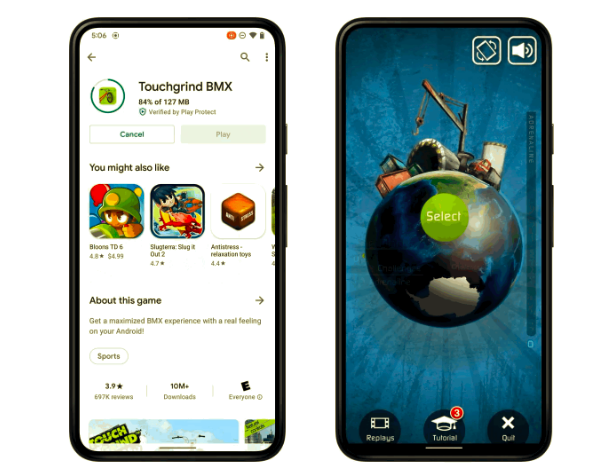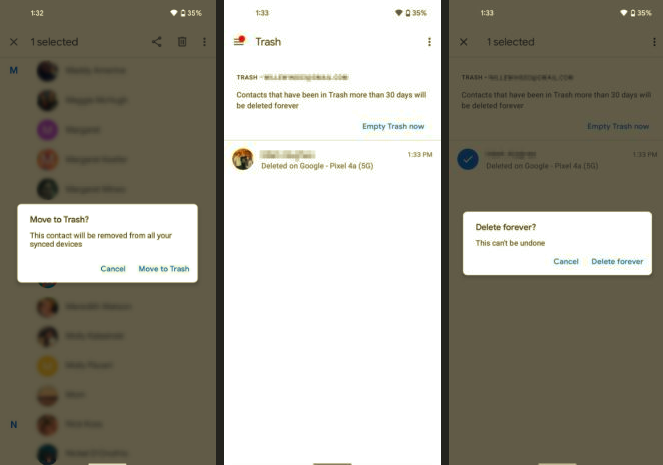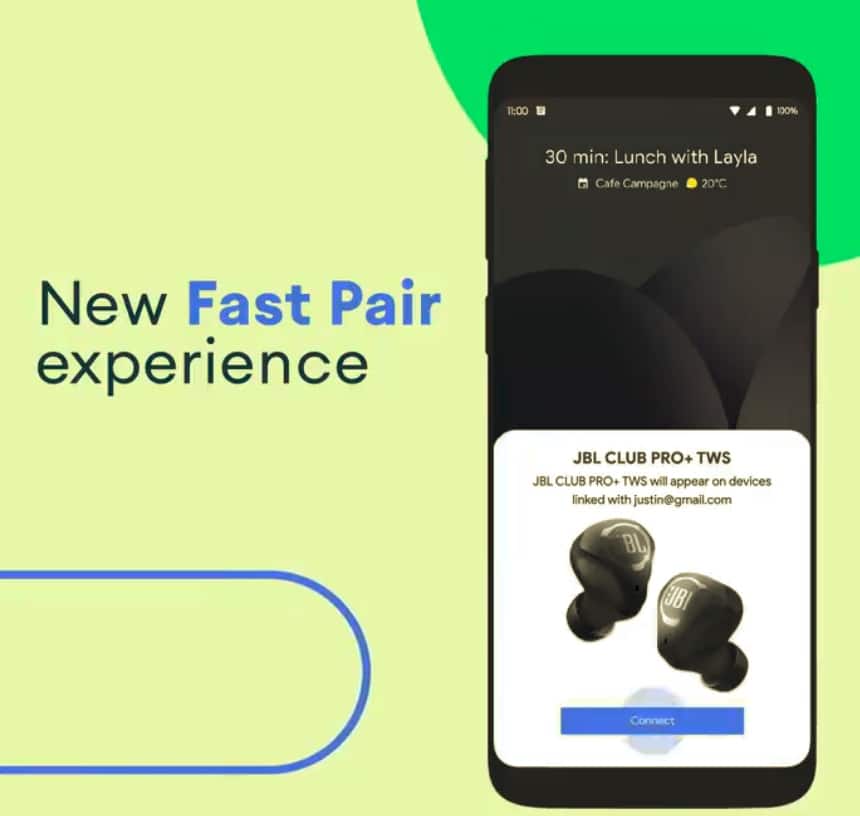The absolutes come thick and fast for the Samsung Galaxy Note 3. And they’re not all in the device’s favour. Yes, it’s arguably the highest specified Android phone in the world. Yes, it’s got more functions built-in than the fattest Swiss Army penknife. Yes, it’s the most expensive Android phone – by a country mile. And, following on from that last assertion, no, the Galaxy Note 3 is not the best stylus-popping value on the market today. You see, there’s competition from its own predecessor, the Note II. But hey, at least Samsung gets the sale, right?

The S Pen is THE reason to want – or not want – a Note 3…
There’s also something of a question hanging over why people have been buying the Note, the Note II and now the Note 3 in droves. Yes, the stylus is a cool piece of tech. I get it, you can scribble notes and produce sketches and crop text and annotate screenshots and drag windows around and have a lot of fun. All in something that’s the tech fan’s wildest dream, spec-wise. But however clever all this is, it’s tough to get much real work done that wouldn’t be done better by having an ultrabook or even an iPad Air or similar, alongside a phone in a more traditional device form factor. After all, you can get plenty of alternative tech for the purchase price of a Galaxy Note 3.

Surely a large part of the reason why people have been drawn to the Note series in the first place is the larger display, great for watching YouTube or Netflix or browsing web sites, great for playing games. And, thanks to Samsung’s desire to experiment with specs and form factors, you can now get an even bigger screen in an Android phone for half the price of the Note 3… ever heard of the budget Mega 6.3?
Making the Note 3 a bit of a hard sell. In order to buy it, you really, truly have to want the stylus and its functions, and for more than just fiddling around and showing off to your friends.
Hardware
Housed in a more rectangular shape (reminiscent of the Galaxy S II several years ago) than its more curved predecessor, the Galaxy Note 3 is solid and well built, all plastic (as usual) but heavily disguised, as stitched leather on the back and as ribbed metal around the perimeter. It feels terrific in the hand, albeit just that bit too large to be used one-handed. Try to use it one handed and you’ll be juggling the plastic slab up and down and across your grip, a recipe for disaster.

What’s this? A stitched leather back? Actually no, it’s all plastic – but nice imitation!
There’s Samsung’s traditional menu and back controls either side of a physical home button. Samsung started this system after taking a look at what Apple did with the iPhone, but it’s fair to say that it’s looking increasingly outdated in these days of virtual controls that disappear when not needed, as seen on the Nexus range, the LG G2, and every recent Sony Xperia – having to press a big and clunky home button is jarring amidst a slick Snapdragon 800-powered touchscreen experience.

A physical home button is starting to look a bit anachronistic….
There’s also a side screen ‘on/off’ button (a far better place than HTC’s top-of-device equivalent), volume up and down on the other side and a decent 13MP camera on the back, of which more later. The faux leather back peels off to show a huge 3200mAh battery and stacked microSIM/microSD bays. Inside there’s a 32GB mass memory, so many users may not even need an expansion card at all.

Stacked card slots – microSD and microSIM
Down at the bottom is the monstrosity of a USB 3.0 composite socket, effectively a standard microUSB socket with an auxiliary socket beside it – the plug itself is astonishingly ugly. Although clever from a backwards compatibility technical point of view, it’s enough to make the world turn all Apple and run towards the far more elegant Lightning connector system. Not that this will ever happen – it’s more likely that pigs will fly…

Argh! Run a mile! It’s a USB 3.0 composite socket….
Samsung gimmicks
There are few surprises in the main software loadout – it’s almost identical to that in the already reviewed Galaxy S4 and Mega 6.3, complete with the gimmicks like the hovering finger Air view, Air gesture over the proximity sensor to swipe through web content, tilt zooming of the same using the accelerometers, the eye-tracking Smart stay to keep the display on while your eyes are open(!), Smart rotation – auto-rotation according to the angle of your face (!!), Smart pause when you look away from a video, and Smart scroll when your eyes reach the bottom of a web page.

Familiar Samsung sensor overload….
Now, some of these may prove useful to you – they’re certainly worth trying out before dismissing, but I’m happier with almost all of them turned off and am sure battery life is better as a result. When Samsung says the Note 3 is feature packed, it’s not kidding – as with the Note II before it, the learning curve for a new user to get the most out of all its features is steep. Very steep. Think weeks or even months.
S Pen
This learning curve is also fleshed out thanks to the ultimate gimmick – arguably – first seen in the original Note – the S Pen, an inductive digitiser stylus with integral action button that works in conjunction with a special Wacom-compatible screen layer to give pressure-sensitive pen detection.

Withdrawing the S Pen. You’ll need a strong fingernail, it’s a tight fit!
This pressure sensitivity does take some getting used to – trail the tip across the screen lightly and you’d expect a ‘dumb’ capacitive stylus to act just a fingertip would, but the S Pen does nothing. Some pressure is needed to effect any action and considerable pressure is needed for some operations, not least managing to draw a visible brush stroke when getting arty. The old argument against stylii on PDAs and the early smartphones was that it only takes one particle of hard dust to get between the stylus tip and screen and bingo, you’ve got a scratch. Now, this is Gorilla Glass and not fragile plastic (as in the days of resistive screens), so scratching is less likely, but it’s still a worry, especially when you see just how hard you need to press sometimes with the S Pen.
In addition to dedicated applications of its own, as you’ll see, the S Pen even has its own mini-UI, which pops up (see the opening photo) when you remove…. or try to remove (you need a strong fingernail) the pen. Air Command offers:
- Action Memo, which converts your scribblings to useable text for other apps to use.

Scribbled notes turned into emails, calendar events, to-dos etc. Seems new lines become new tasks!….
- Scrap Booker, which lets you grab any text or graphical content, snipping it into a global Scrapbook – all very well, but it’s a data silo in that you can only export this content to another compatible Samsung Galaxy device.

Scrapbooker and Screen Write, grabbing content and annotating screenshots, respectively
- Screen write, letting you annotate screenshots – possibly of more use to developers, bloggers and journalists than end users?
- The novelty Pen Window system, wherein selected Samsung applications can run in floating windows on top of other content. This is interesting, technically, but it’s not very practical (the ‘Calculator’ example sometimes quoted is the only case where I can think of a benefit) and pales compared to Samsung’s established multi-window system, which is enabled out of the box here and which uses the display real estate far more efficiently. And which is compatible with double the number of applications.

Pen Window in action, next to the existing Multi-window system
I don’t want to seem too negative about the S Pen and all Samsung’s extra software goodies – I’m sure artists and advertising execs and… kids will have fun with it all. But if we’re honest, most users can surely live without it in their phones?
Wot? Note II better than Note 3?
Somewhat controversially, the year old Note II manages to (arguably) outgun the Note 3 in several areas. The ‘3’s 1080p display is decent to casual inspection (it’s certainly bright enough), but look closer and it’s the somewhat horrible ‘diamond pentile’ layout – this is crisp enough at the same 1080p at 5” on the Galaxy S4, but the fuzziness caused by there only being half as many red and blue pixels is starting to be noticeable even to my ancient eyes on this 5.7” display. Contrast this to the Note II’s true RGB pixels at 720p on a slightly smaller screen and the latter’s display is superior, certainly for textual content where you’re mainly looking at representing black and white.

Diamond Pentile at work…
I can only think that Samsung had yield issues producing RGB screens at this resolution and size – or maybe they’re cutting costs to maximise profits? Either way, it’s both an oddity and a disappointment.
Also superior on the older Note II is the speaker output, with the Note 3 speaker’s audio being deadened and ‘flattened’ unduly by the faux-leather back not allowing a direct grille – instead sound is bounced off internal baffles and squeezed out through the phone’s bottom edge. All in the name of style, eh?

Note the way the speaker output is now turned through a right angle and output through the phone’s bottom edge…
Finally, real world battery life is better on the Note II, helped by not having to drive a Snapdragon 800 processor or 1080p screen all the time.
The kicker is that the Note II is still available new and around half the price of the Note 3, making it, in late 2013, quite superb value.
Imaging
But let’s not get too negative, the Galaxy Note 3 is still a fine device if you need all of its features. Not least the 13 megapixel camera, which is stunning in all but the dimmest conditions and for the fastest subjects. Macros in particular, as on the Galaxy S4, are a speciality, hopefully you’ll enjoy the samples on display here. Just wow.

Stunning clarity and detail, this under overcast skies….

1:1 crop of the above photo, showing the native detail. Slightly oversharpened, but still…

Early morning dew macro

1:1 crop from the dew photo above – !!!!

Always a sign of a quality bit of optics – good depth of field in macro work….

1:1 crop of the ivy photo – terrific detail again….
There are the usual selection of camera modes, some useful (like HDR) and some gimmicky (Golf swing mode, anyone?), something for everyone, including a variety of burst mode best shot options which you have to select up-front and thus are strictly limited to novelty images.
Video capture is excellent too, with an option to record at a full 4K, i.e 2160p, good for the future though I doubt you’ll find anything else to actually do anything with this footage right now. The default is a sensible 1080p. There’s no OIS (as seems to be the modern smartphone trend), but with pixels and resolution to spare, there is ‘Smart stabilisation’, trying to smooth out wobbles digitally. You’ll see a sample video from the Note 3 in the video version of this review, which will appear at the bottom shortly.
Extras
Bundled with the Galaxy Note 3 are a lot of extras:
- the Samsung Touchwiz apps (S-Health, WatchOn, S-Translator, S-Voice, S-Note (shown immediately below), the multi-window system)

S Note, the mature, existing stylus-centric note taking utility – add the flexibility here to Scrapbook and Sketchbook and most pen needs are covered!
- the sensor utilities (Air gestures, Smart stay, etc)
- the S-Pen additions (Scrapbooker, Action Memo, etc.)
- My Magazine, shown below, accessed from a swipe up on the homescreen – think Samsung’s own version/clone of Flipboard

- Autodesk Sketchbook, a (licensed) pro-level, multi-layer art tool that – if you’re good enough – really unlocks what the digitiser and pen are capable of, albeit limited to creations on a phone 1080p screen (or slightly greater, though panning around is tricky). Seeing ‘paint’ layered on after dabbing at a piece of glass remains somewhat magical – now if only I had any talent(!)….

Sketchbook, a full commercial grade art application….
- Flipboard (as usual. Samsung were a pioneer in bringing Flipboard to the masses, you may recall?)
- Dropbox (along with 50GB free space for two years)
- Evernote
- Bloomberg+
- TripAdvisor
- Knox – an enterprise class security solution that lets you run a separate, secure phone instance inside the OS
- the Samsung Hub, including Music, Video, Book and Game stores, plus ‘Samsung Apps’
Although there’s plenty above that’s useful, I didn’t like the sheer duplication everywhere. Magazine and Flipboard. S-Note and Scrapbook. Plus all those Samsung stores when the Google Play Store already handles the same items with less future restrictions in terms of access to content on other devices. Do manufacturers really make enough money from these extra stores to warrant confusing every single end user?
Take all of this together and there’s a lot to take in for the geek and enthusiast, never mind the regular user. The Galaxy Note 3 isn’t a ‘buy it and try it and change your mind after a week’ device – it’s something that you’ll need to invest time in – weeks and – probably – months.

Ooh, shiny…. plastic, unfortunately, not metal….
Verdict
If you’re after the biggest and best, if you fancy interacting using a stylus, if you want a smartphone that’s blazingly fast… and if can afford it then the Note 3 has a lot to recommend it. You certainly won’t be bored, the options it contains for completely and utterly organising your life and harnessing your creativity are extensive.
However, do take a look at the Galaxy Note II at half the price first, since it has 95% of the same functions and is even better in some ways, as mentioned above.




















